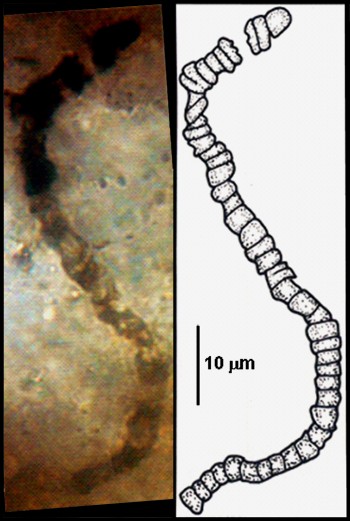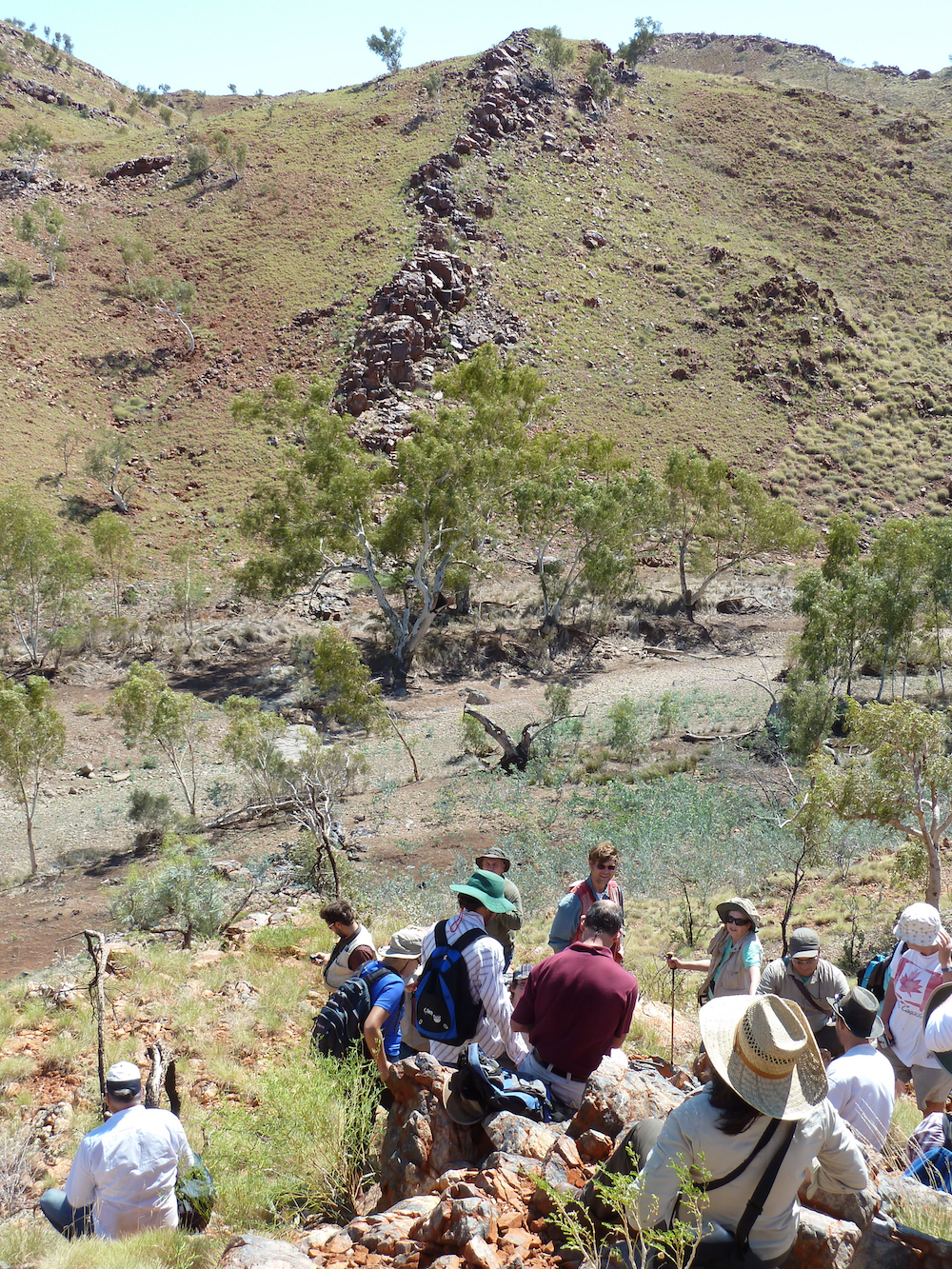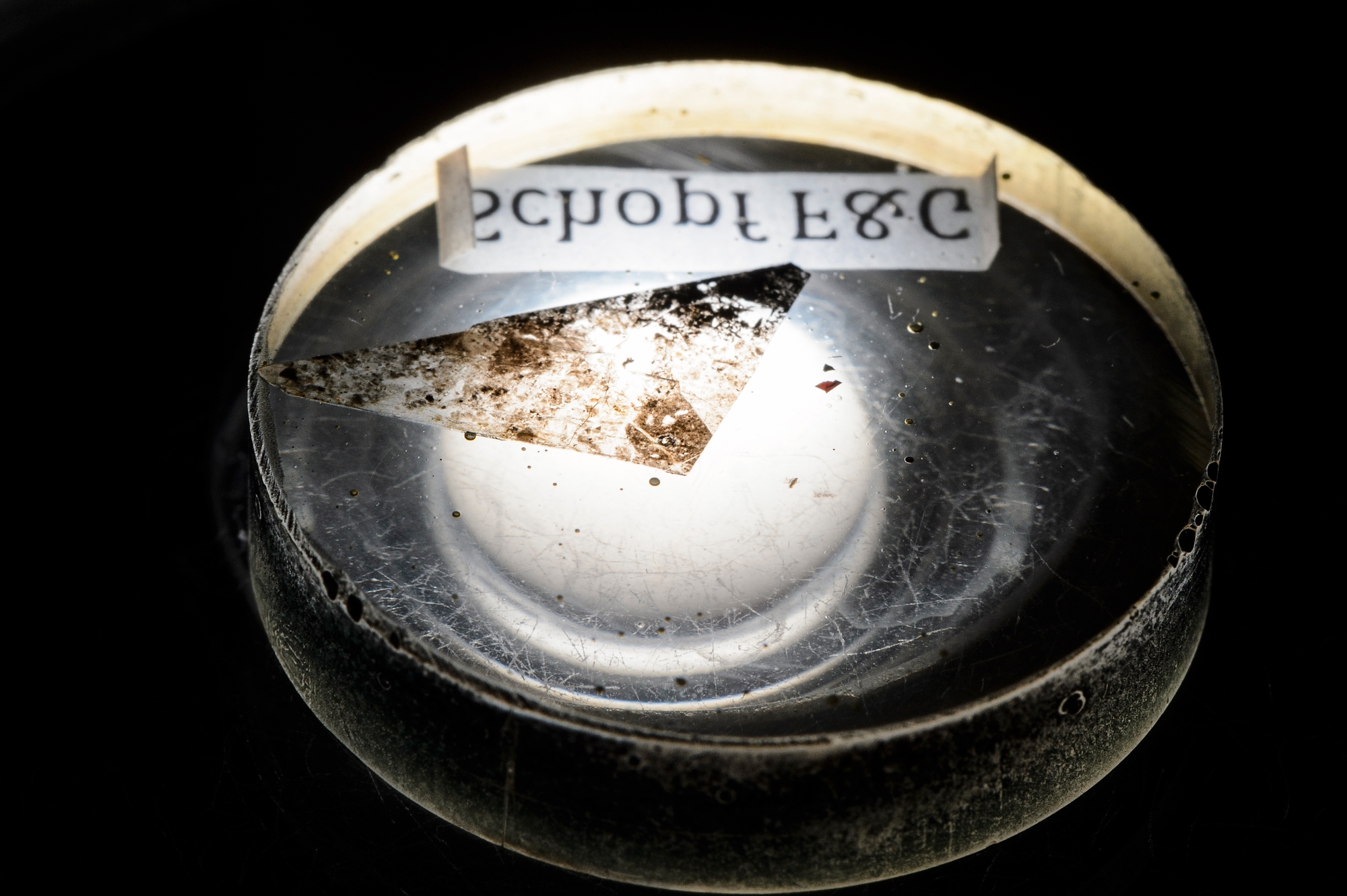Archaeans and bacteria from Australia 3.5 billion years old prove that life on Earth appeared earlier than expected.
 Scientists from the University of California at Los Angeles and the University of Wisconsin-Madison have given strong evidence that the fossils found in Western Australia are indeed of organic origin. Given the age of the rock at 3.5 billion years old, this means that life on Earth appeared earlier than this period.
Scientists from the University of California at Los Angeles and the University of Wisconsin-Madison have given strong evidence that the fossils found in Western Australia are indeed of organic origin. Given the age of the rock at 3.5 billion years old, this means that life on Earth appeared earlier than this period.The Apex Chert formation in Western Australia is one of the oldest and best-preserved rock sediments in the world. Samples were collected in 1982, micro-fossils were first described in 1993, but in 2017 a group of American scientists (William Schopf, Anatoly Kudryavtsev, and others) applied a new technique of complex chemical analysis using a secondary ion mass spectrometer and finally proved that microscopic structures in silica (in the photo) are of organic origin. At the moment, these fossil microorganisms are the oldest that paleontologists have managed to find.
The study describes 11 microbial samples of five different taxa, and their morphological structure is associated with chemical structures that are characteristic of life. Some of the micro-fossils created by extinct bacteria, as well as microorganisms from the archaea domain, are unicellular microorganisms that do not have a nucleus or any membrane organelles.
')
The photograph is one of the 3.5-year-old micro-fossils found in a rock formation in Western Australia. Scale on the scheme: 10 microns
Western Australian fossils are first described in a scientific article in the journal Science in 1993. The authors of that work are the professor of paleobiology William Schopf and his group. Now the professor heads the Center for the Study of Evolution and the Origin of Life at the University of California at Los Angeles.
In 1982, while the Schopf group led an expedition to the Apex Chert formation in Western Australia and collected samples.

Formation Apex Chert, where they found fossils
Scientists then carefully studied the collected fragments of scapolites. They knew what to look for - and on several stones they found microscopic fossils of an unusual shape. In this case, they had a cylindrical and filamentary form, which hinted at the organic origin of the fossils. They are called micro-fossils because they are not visible to the human eye. Examine the remains of an ancient fauna under a microscope. The professor published his first work in 1993, and additional evidence in 2002. Both the first and the second work became the subject of controversy in the scientific community: some critics said that these were just strangely bizarre minerals that look like remnants of living beings.

Epoxy mount with 3.5 billion-year-old stone debris from a field in Western Australia
Professor continued work. It took 10 years to develop the technology and procedure for thorough and accurate analysis, developing protocols, setting up instruments and preparing samples - the stones needed to be carefully cut to reveal microscopic structures that were at different depths without disturbing their structure.
The fossils were studied using a secondary ion mass spectrometer (SIMS) called IMS 1280, developed at the University of Wisconsin-Madison. This tool is able to divide carbon in fossils into isotopes and measure their relationships. Various organic substances — in rocks, microorganisms, and animals — contain characteristic ratios of their stable isotopes. Using SIMS, scientists separated carbon-12 and carbon-13 and found that the differences in isotope ratios correlate with the shape of fossils . This can only be explained by the biological nature of the fossils. Moreover, information on the ratio of isotopes made it possible to determine the establishment of species of living organisms.
As already said, some minerals belong to the archaea. Others are similar to modern microorganisms. The study also contains the reasoning of scientists about how these creatures could survive in the oxygen-free atmosphere of the Earth at that time: phototrophic bacteria fed on solar energy, archaeans produced methane, and gamma-proteobacteria consumed methane.
Thus, the results of research eliminate the last doubts that the fossils in the 3.5 billion-year-old stones are indeed left by living beings.
“I think you can put an end to this dispute,” says William Schopf.
So, according to the latest discoveries of paleobiologists and geologists, we know that liquid oceans on Earth already existed 4.3 billion years ago (250 million years after the formation of the Earth), and several taxons of microorganisms — 3.5 billion years ago. And everything indicates that life could have existed 4.3 billion years ago, but scientists still have no direct evidence of this.
The scientific article "SIMS analyzes of the oldest assemblage of microfossils document their taxon-correlated carbon isotope compositions" was published December 18, 2017 in the journal Proceedings of the National Academy of Sciences (doi: 10.1073 / pnas.1718063115, pdf , accompanying materials ).
Source: https://habr.com/ru/post/374105/
All Articles